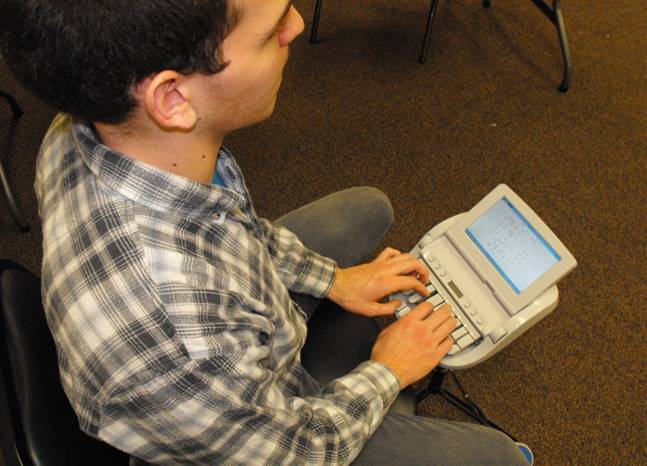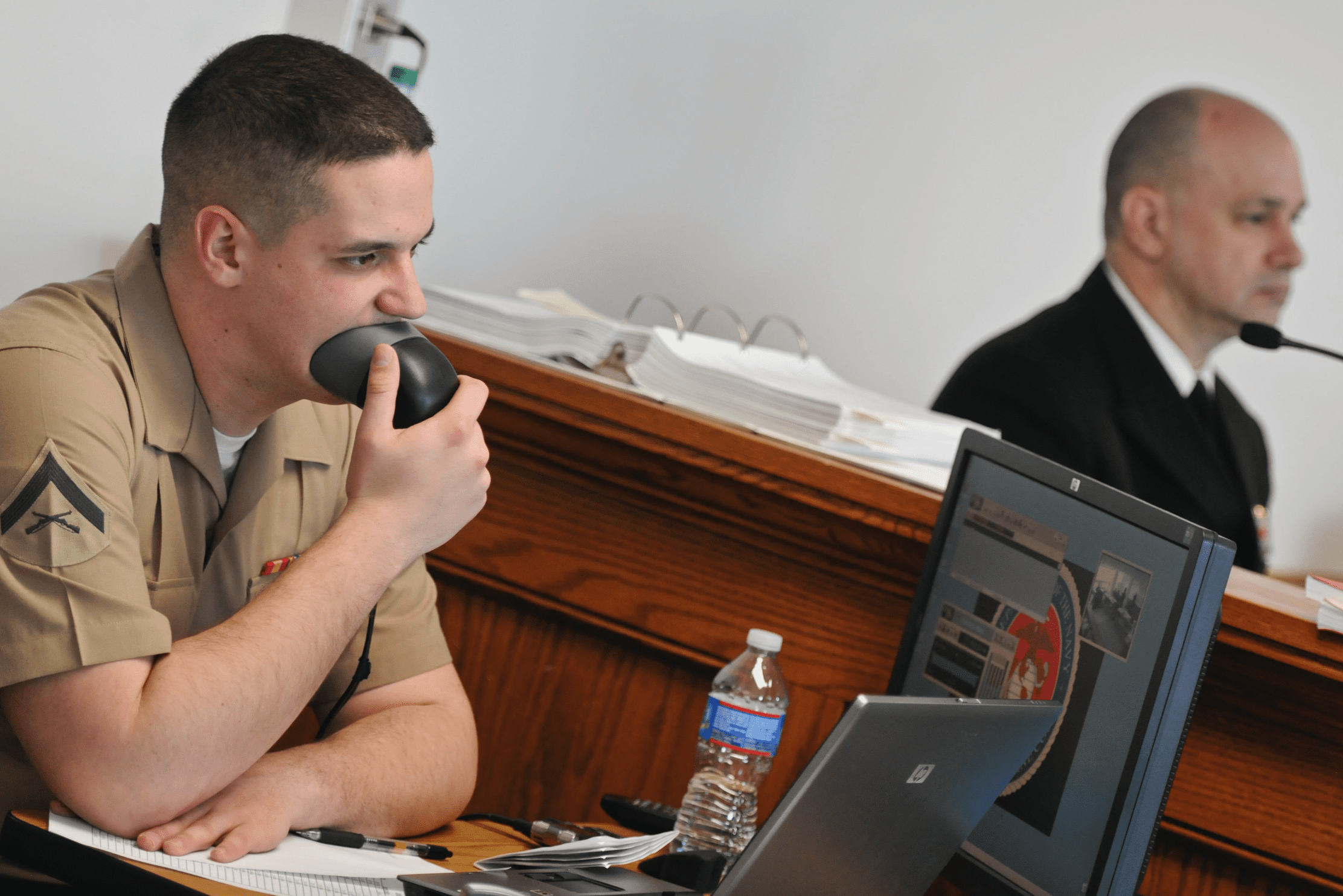All Regarding Court Reporting: Important Insights for Legal Professionals
Court reporting works as a crucial part of the legal system, making certain that process are accurately recorded. As innovation developments, the roles and tools of stenotype reporter are advancing. This transformation asks for lawyers to adjust to new practices and innovations. Understanding the complexities of court coverage can substantially impact situation outcomes. What essential understandings should lawyers understand to navigate this transforming landscape properly?
The Duty of Court Reporters in Legal Procedures
Court press reporters function as the essential voice of the court room, capturing every talked word during legal procedures with accuracy and precision. They transcribe statements, legal debates, and courts' judgments, guaranteeing that a full record is preserved. This documentation is essential for appeals, offering a clear account of what taken place during tests and hearings. Court reporters should have phenomenal listening abilities and a comprehensive understanding of legal terminology to help with accurate coverage. They typically function under stress, needing concentration and speed to equal the discussion. Their transcripts work as official records, which can be referenced long after the procedures wrap up. In enhancement to their transcription tasks, court press reporters might also offer real-time reporting, permitting judges and attorneys immediate access to the spoken word. On the whole, their duty is important in promoting the integrity and openness of the judicial procedure, adding significantly to the lawful profession.

Technology Transforming Court Coverage
As innovation advances, the landscape of court reporting is undertaking a significant change, improving the effectiveness and accuracy of lawful paperwork. Digital tools such as real-time transcription software application allow court reporters to provide immediate message output during proceedings, allowing lawful professionals to access info immediately. Remote reporting capacities have actually emerged, assisting in participation from various areas via secure video clip conferencing systems.
Artificial intelligence is also making strides, with algorithms with the ability of aiding in transcription procedures and making certain greater accuracy in recording spoken discussion. On top of that, cloud storage services provide protected accessibility to instance files, simplifying collaboration between attorneys and stenotype reporter.

These technical developments not just improve operations but also lower the capacity for human mistake, inevitably adding to a more effective lawful system. The integration of advanced modern technology into court coverage is establishing new requirements for precision and effectiveness in legal paperwork, showing the advancing needs of the profession.
Ideal Practices for Working Together With Court Reporters
Effective cooperation with stenotype reporter is important for assuring precise and timely lawful documents. Lawyers should initiate interaction early, providing reporters with pertinent instance information, including names, dates, and details terminology. This foundational info permits press reporters to prepare properly, decreasing the chance of mistakes.
In addition, maintaining open lines of communication during proceedings promotes a productive environment. Lawful specialists ought to encourage stenotype reporter to ask concerns or seek explanation when necessary. This practice not only improves precision however also enhances the working connection.
Examining records without delay is imperative. Attorneys need to provide positive feedback to reporters, highlighting any kind of inconsistencies or locations for improvement. This joint method assists reporters refine their abilities and warranties future work satisfies the required standards.
Last but not least, respecting due dates and recognizing the reporters' proficiency add to a efficient and favorable cooperation, inevitably benefiting the entire lawful process.
Recognizing Various Kinds Of Court Reporting Providers
Different kinds of court coverage solutions accommodate different lawful needs, each offering distinct benefits and capabilities (durham court reporting). Traditional stenographic coverage is the most usual method, utilizing a stenographer that transcribes spoken words into written text during court procedures. This solution offers real-time records, allowing immediate accessibility to process
An additional option is electronic coverage, which employs audio recording innovation along with transcription solutions. This approach can be more cost-efficient and works for capturing lengthy sessions where verbatim text is not quickly needed.
Additionally, some services specialize in online or remote reporting, accommodating circumstances where individuals can not be physically existing.
CART (Interaction Gain Access To Realtime Translation) solutions webpage supply real-time transcription for people with hearing problems, ensuring ease of access during legal process. Each type of court coverage service plays an essential role in the lawful procedure, boosting communication and documentation.
The Future of Court Reporting in the Lawful Market
While innovations in innovation continue to improve numerous markets, the future of court reporting in the legal sector is positioned for significant change. durham court reporting. The increasing integration of artificial intelligence and automatic transcription solutions is anticipated to enhance effectiveness and accuracy in court coverage. These tools can improve the paperwork procedure, enabling attorneys to concentrate on even more complicated jobs
In addition, remote court coverage has actually acquired grip, specifically in action to the COVID-19 pandemic. Digital hearings and depositions are likely to end up being commonplace, necessitating stenotype reporter to adapt a knockout post to brand-new technologies and systems.
As the need for real-time coverage and instant accessibility to records expands, stenotype reporter will certainly require to develop their abilities in digital literacy and information administration - durham court reporting. The progressing landscape challenges both provides and chances, ultimately redefining the function of court reporters within the legal industry. Embracing these changes will certainly be important for preserving relevance and delivering quality service
Regularly Asked Inquiries
What Qualifications Do Court Reporters Need to Practice Properly?
Court reporters commonly need a senior high school diploma, specialized training in court reporting, and certification. Efficiency in stenography or voice writing, along with strong language skills, is important for precise transcription in lawful settings.

Just How Much Do Court Reporting Provider Commonly Expense?
Court reporting solutions typically cost between $100 to $300 per hour, depending upon elements such as experience, area, and complexity of the instance. Additional costs might look for transcription and expedited services.
Can Court Reporters Operate In Non-Legal Settings?
Yes, court press reporters can operate in non-legal setups, such as closed captioning for television, transcription solutions for seminars, and creating subtitles for video clips. Their skills in accurate paperwork are beneficial in different markets.
What Is the Average Turn-around Time for Transcripts?
The ordinary turnaround time for records usually varies from 1 day to a week, depending upon factors such as the length of the proceedings, complexity, and the stenotype reporter's workload. Timeliness is essential in lawful setups.
Do Court Reporters Offer Solutions in Multiple Languages?
Court reporters can supply solutions in numerous languages, depending on their certifications and know-how. Lots of are educated to record in different languages, boosting accessibility and ensuring accurate documentation in diverse legal procedures throughout different linguistic histories.
Court press reporters serve as the important voice of the court, catching every talked word during lawful procedures with accuracy and precision. Court press reporters must have exceptional listening skills and a detailed understanding of legal terms to promote exact coverage. Digital devices such as real-time transcription software enable court press reporters to supply immediate message result during process, allowing legal professionals to accessibility information instantaneously. Different types of court reporting services provide to different lawful needs, each offering special advantages and capabilities. Court press reporters commonly require a browse around this web-site high college diploma, specialized training in court coverage, and qualification.